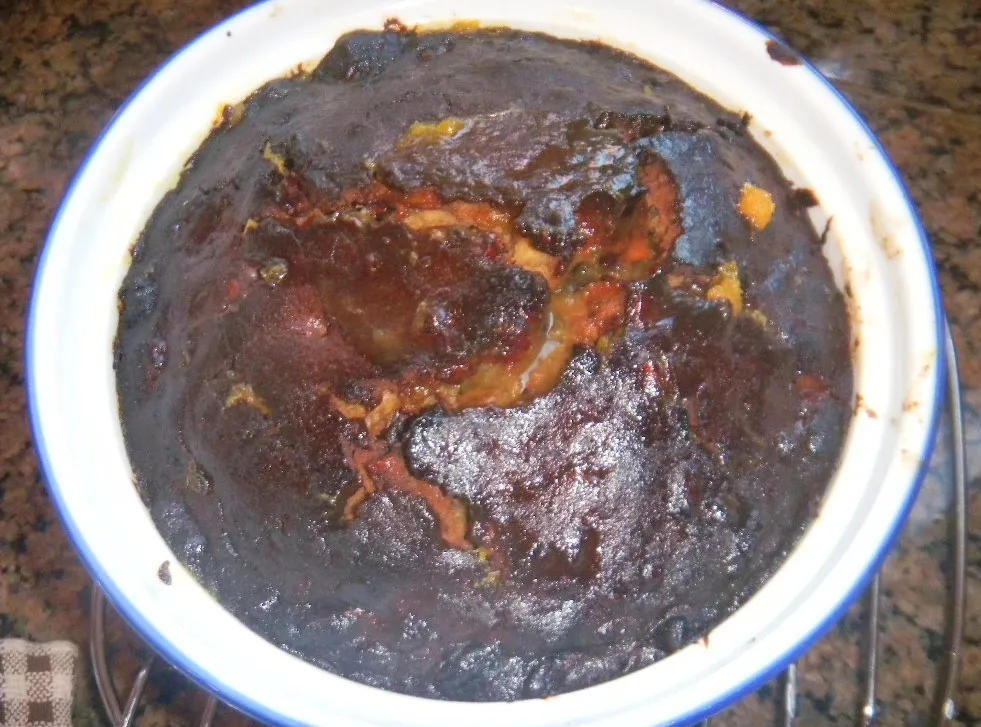100% Sprouted Grain Bread
The recipe is from Peter Reinhart's <Whole Grain Breads>.

I use wheat berries, millet, three colors quinoa.


- Log in or register to post comments
- 11 comments
- View post
- sunnybunnybread's Blog














